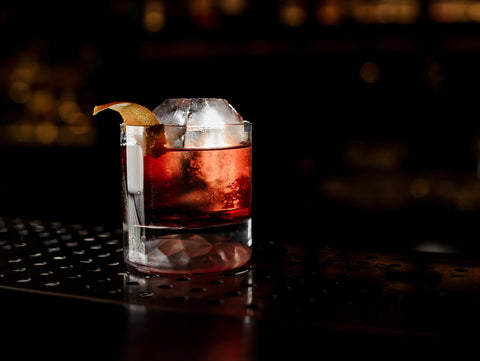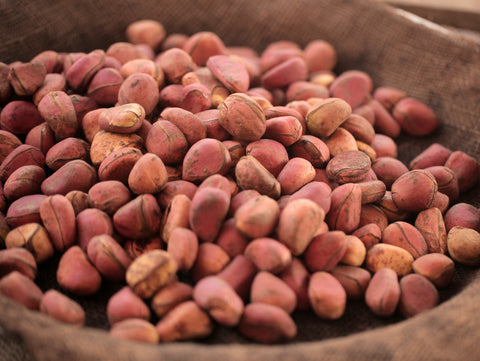Cordials may be new to the Liber & Co. line up, but they’re as traditional of a cocktail ingredient as you can find.
Cordials first referred to medicine in 15th century Europe and now in the US technically refer to a “sweetened” distilled spirit (e.g. Campari, St-Germain, Creme de Violette). The term has also been used to describe sweetened non-alcoholic syrups for hundreds of years - hence our cordials!
Before we introduced Liber & Co cordials, the one that you most likely tried was Rose’s Lime Cordial, which was first made in 1867. In the 1800s, citrus was not common in Europe, so when Lauchlin Rose figured out how to preserve lime juice, his product became an instant success. The British Navy required lime juice rations for their sailors to prevent scurvy. It became famous in the cocktail world as the “other” ingredient in a gimlet. We now have fresh citrus more readily available to us, but a well made cordial can still be a powerful ingredient.
If citrus was hard to come by in the 1800s, do you think they were going to just throw away all that flavor just because it was in the peel? Absolutely not. What makes a syrup different from a cordial is that a citrus cordial is going to use all of the fruit. The juice of the citrus fruit is delicious, but so much flavor lives in the peel. If you’ve ever zested an orange or expressed a lemon peel, you have smelled the sweet aroma that lives in the skin if the fruit.
The most traditional method for capturing the peel's oil is called oleo saccharum. Oleo saccharum has been used since the 1600s to extract flavor. By peeling the citrus and placing them in sugar, the oil of the peel is sucked from the pores, or oil sacs. The pith (technical term: albedo) is where the more bitter flavors live, which is why it’s important to peel only the outermost layer of the citrus flesh, also know as the flavedo. Once the oleo is made, the juice of the citrus is added to the sugar oil mixture to create the cordial. The process honors the traditional of using every part of the ingredient, and letting no part go to waste. Liber and Co.'s process is similar. They make a syrup with essential oils and gum arabic before adding in the cold pressed juice. This allows for the flavor of the peels and fruit to pop in a well textured syrup.
The finish product is much more complex than a standard syrup. It is both sweet and tart. The oil creates a stronger mouthfeel and lingering flavor. It’s more aromatic and stronger in flavor than just shaking up with citrus and sugar. It’s perfect for when citrus is out of season or anytime you want to make a citrus forward yet bold cocktail.


